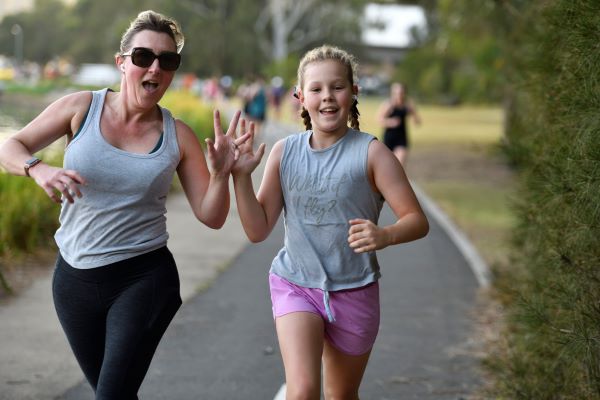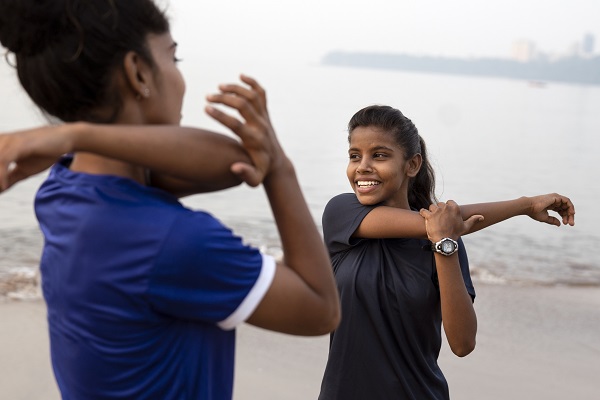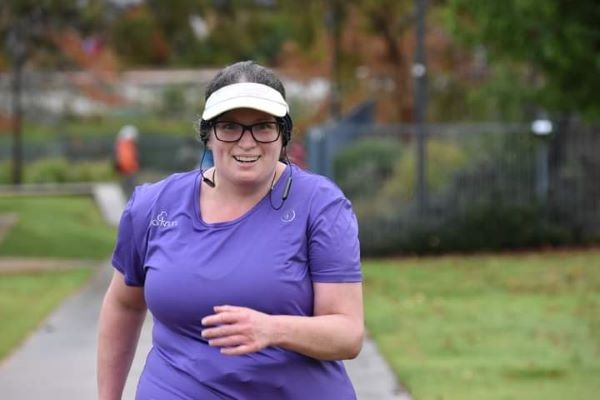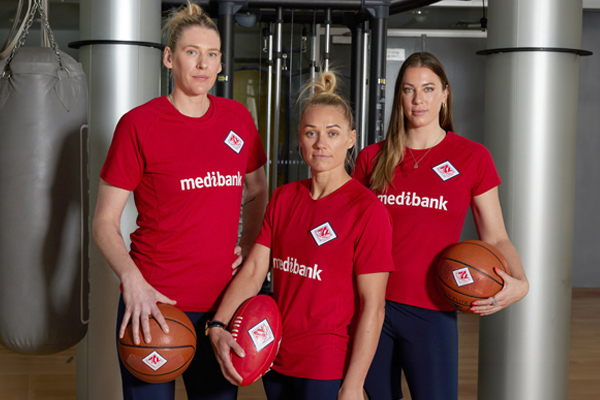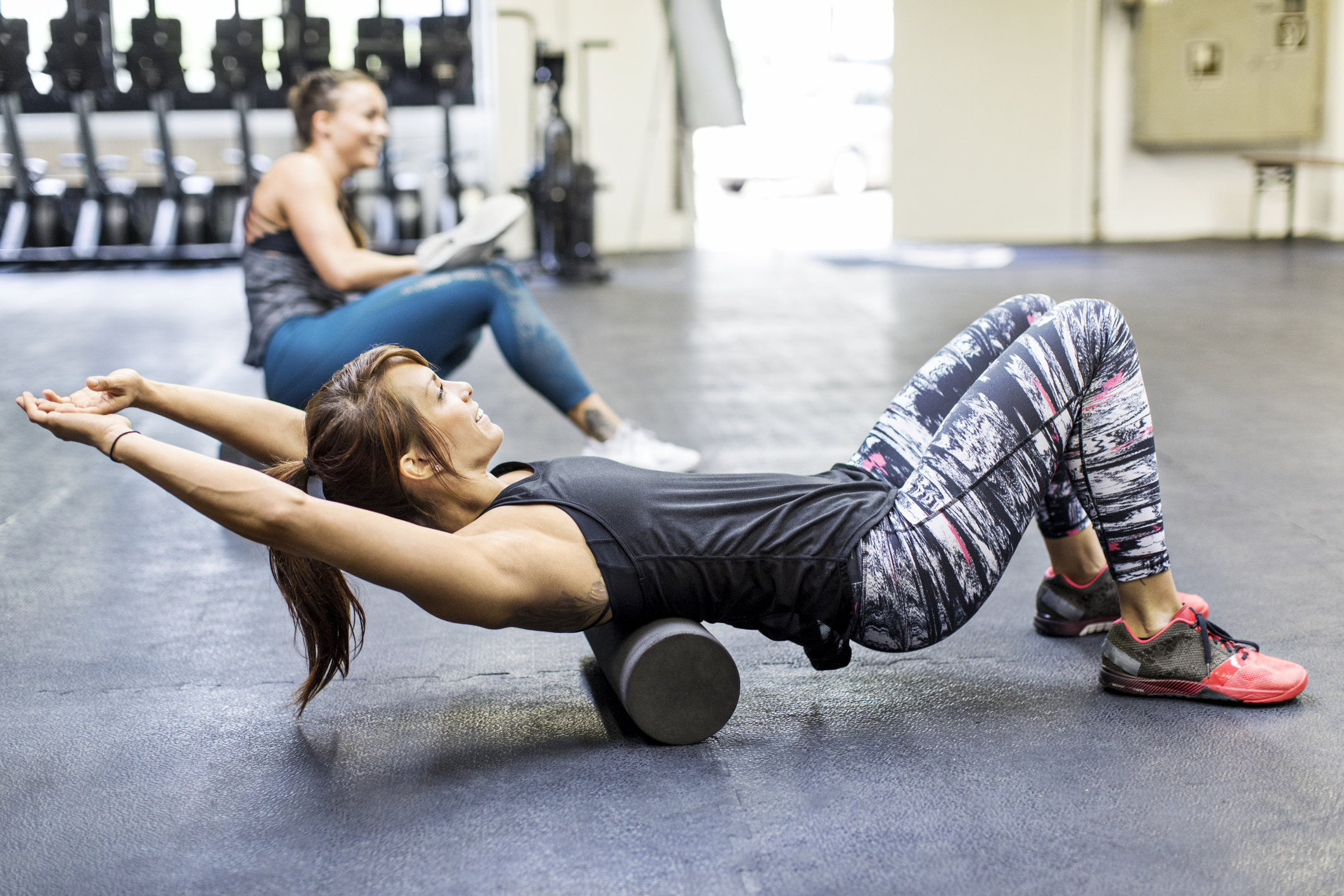-
Australian tennis ace Daniela Di Toro has competed at five Paralympic Games and dominated wheelchair tennis since she first took it up in 1988. After an accident at a school swimming carnival at 14 left her a paraplegic, she was inspired by wheelchair basketball player Sandy Blythe and pursed a career in sport.
Outside of tennis, her passion for health and wellbeing is reflected in her role as a Chinese Medicine practitioner in Melbourne. Here Daniela tells us what tennis means to her and why it is such a great game for everyone.
What do you love about tennis?
There are many things I love about tennis. I have yet to find a more creative or physically and mentally challenging way to meet myself. It's a brutal sport that exposes everything about you as an athlete and as a human being. It's also provided me with incredible experiences and opportunities and some dear friends.What is it about tennis that makes it a game for anyone?
In terms of picking up a racket and having a hit, it's possible to do it anywhere. I used to hit against a 2m wide brick wall flanked on either side by glass windows. Anyone can join a local club and play to a standard that works for them. And it really is one of the best spectator sports out there, especially when you're courtside at the Australian Open.What advice do you have for people looking to get started into tennis?
I think the main starting point for tennis, whether you have a disability or not, is your local tennis club. I recommend paying it a visit and having a chat to the resident coach to see what they have to offer. If the club in question is not accessible then it's worth a conversation about how they could accommodate your needs, whether it’s a ramp or a disabled toilet.What memorable advice have you received through your career?
It’s important to have interests outside of tennis. For me that's meant that I worked hard in high school and various university degrees and feel that I have a balanced approach to sport and work outside of sport. While it's been challenging to juggle both at times it has taught me great patience and discipline. Talent will take you so far but nothing replaces hard work.Who have you met along your career who has inspired you? Why?
I've been so very fortunate to have met so many inspiring people on my journey. Early on it was a great man by the name of Sandy Blythe who really challenged me to dare to do greatly in all aspects of my life. I was also fortunate to play doubles for many years with Chantal Vandierendonck. As a player she was faultless and was able to maintain her World No. 1 ranking for many years. She has just been inducted into the International Tennis Hall of Fame and is the first female wheelchair athlete to do so.Looking back on your career, what were your highlights on and off the court?
My career was full of incredible moments. Many of them were small but incredibly meaningful to me, particularly my first Wimbledon doubles final. It was the first time ladies wheelchair doubles had been offered, while the men's event had been running for some time. I remember looking up from the court and being overwhelmed with gratitude to all the women who had gone before me and paved the way.With your experience in sport and health, what advice do you have for people to enhance their wellbeing?
Balance is the key. Having good people around to support that balance is vital. Being active is key to a happy and healthy life, but it’s easy to do too much if you're not balancing it with a healthy diet and happy mind. We all find those things in various places but for me it's always been having great massage therapists and Chinese Medicine practitioners around, as well as having a daily yoga and meditation routine and getting into my garden as often as possible.Four fast facts about wheelchair tennis
1. Wheelchair tennis first appeared at the 1992 Paralympics in Barcelona.
2. The ball is allowed to bounce twice in wheelchair tennis. The first bounce must fall within the court.
3. With speed and manoeuvrability key to wheelchair tennis, the wheelchairs used are very light and agile.
4. Wheelchair tennis can be played as singles or doubles matches and the winner is the first to reach two set.Daniela Di Toro has competed in five Paralympic Games and is a former World No. 1 in wheelchair tennis. She is an ambassador for Foundation 97, dedicated to assisting spinal cord injured Victorians enhance their lives. facebook.com/foundation97For more information about the Australian Paralympic Committee visit their website.
Covering the court
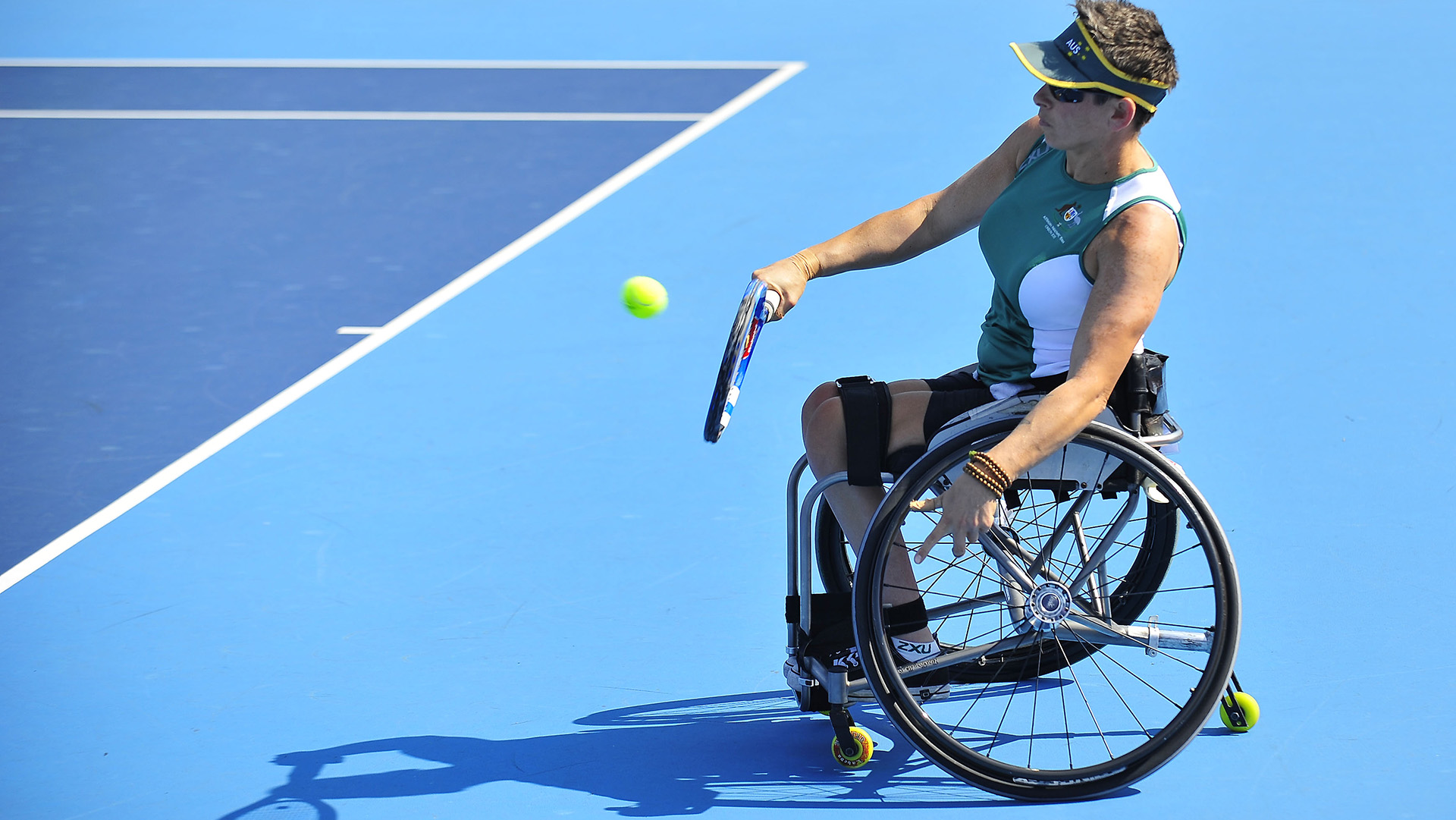
-
Everything you need to know about parkrun
Been wondering what a parkrun looks like? Where do you go? What do you do? How do you sign up? Find out here.
-
Five ways to exercise when on a budget
You don’t need to spend money on gym memberships just to meet your fitness goals. Here are five free ways to stay healthy and active when you’re living on a budget.
-
How parkrun changed my life
Christie Farrow went from being an exercise-phobe to a true blue runner with parkrun.
-
Australia's top female athletes unite on ACL injury
Some of Australia's most talented athletes have joined forces to highlight the unique injury challenges women face.
-
How to create your perfect summer fitness plan
Be inspired by the sunshine and get moving
-
The essential foam rolling routine
How to use a foam roller in 4 stretches.
Subscribe to receive the best from Live Better every week. Healthy recipes, exercise tips and activities, offers and promotions – everything to help you eat, move and feel better.
By clicking sign up I understand and agree to Medibank's privacy policy

